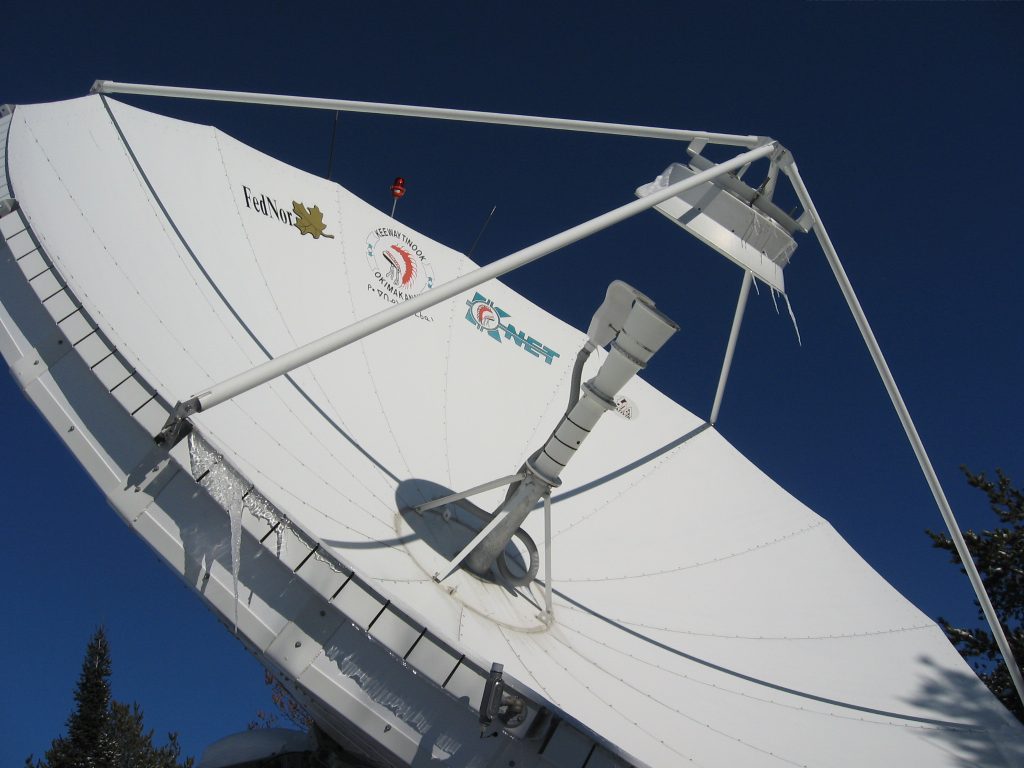Budka, P. (2019). MyKnet.org: The cultural history and social life of an indigenous web-based environment. Paper at “The Web That Was: Archives, Traces, Reflections” Conference (RESAW19), Amsterdam, Netherlands: University of Amsterdam, 21 June. Presentation (PDF)
Ethnographic Vignette
In the summer of 2006, during my first field trip to Northwestern Ontario, I visited the Frenchman’s Head community of Lac Seul First Nation which is one of the region’s few non-remote indigenous communities that can be reached by car and by boat. In the Band Office, the community’s largest administrative building, I was introduced to 16 year old Candice, a well known MyKnet.org user. She told me that she did set up her first MyKnet.org page a couple of years ago to stay in touch with friends and family and to let people know about her life. To communicate with friends and family members, she added a c-box to her homepage where people could leave messages.
As I found out later, almost everyone in the Band Office had a MyKnet.org homepage. Even though some didn’t know how to work with their websites. They needed the help of young, web-savvy colleagues, friends and family members. Candice introduced me to an older lady who told me that she had to register for a new MyKnet.org page only two weeks ago because her original page was registered under her now divorced husband’s name. And since she didn’t want to be constantly reminded of this, she needed a new homepage. KO-KNET, the First Nations internet organization that has been managing the MyKnet.org homepage service, only approves registrations with real, locally known, First Nation names that are then displayed in the URL of the page.
Candice helped her setting up the page, finding and applying the right layout and updating the content. As she told me later, she was regularly reminding other employees at the office to keep their respective homepages up to date. She also told me that she has started to use other, commercial website providers, such as Piczo (2002-2012). They were easier to use than MyKnet.org and provided more web space and technical features and possibilities.
